Satellite images show extreme flooding in New Jersey in the aftermath of Hurricane Ida
The epic storm that swept across the eastern United States this week hit New Jersey so hard that satellites saw the damage from space.
After Hurricane Ida made landfall in Louisiana on Aug. 29, it swept up the coast, bringing with it extreme weather, rainfall and destruction. On Sept. 1, the storm hit New Jersey. The historic rainfall has so far killed at least 25 people in the state and at least 61 people across eight states. The storm surge happened quickly, submerging apartments and trapping people in their cars, according to a New York Times report. The storm even stirred up tornadoes in southern New Jersey.
Extreme flooding caused by the sudden and catastrophic rainfall left such an impression that satellites operated by Maxar Technologies were able to capture the storm's aftermath from orbit.
Related: NASA tallies Hurricane Ida damage to Michoud Assembly Facility in New Orleans
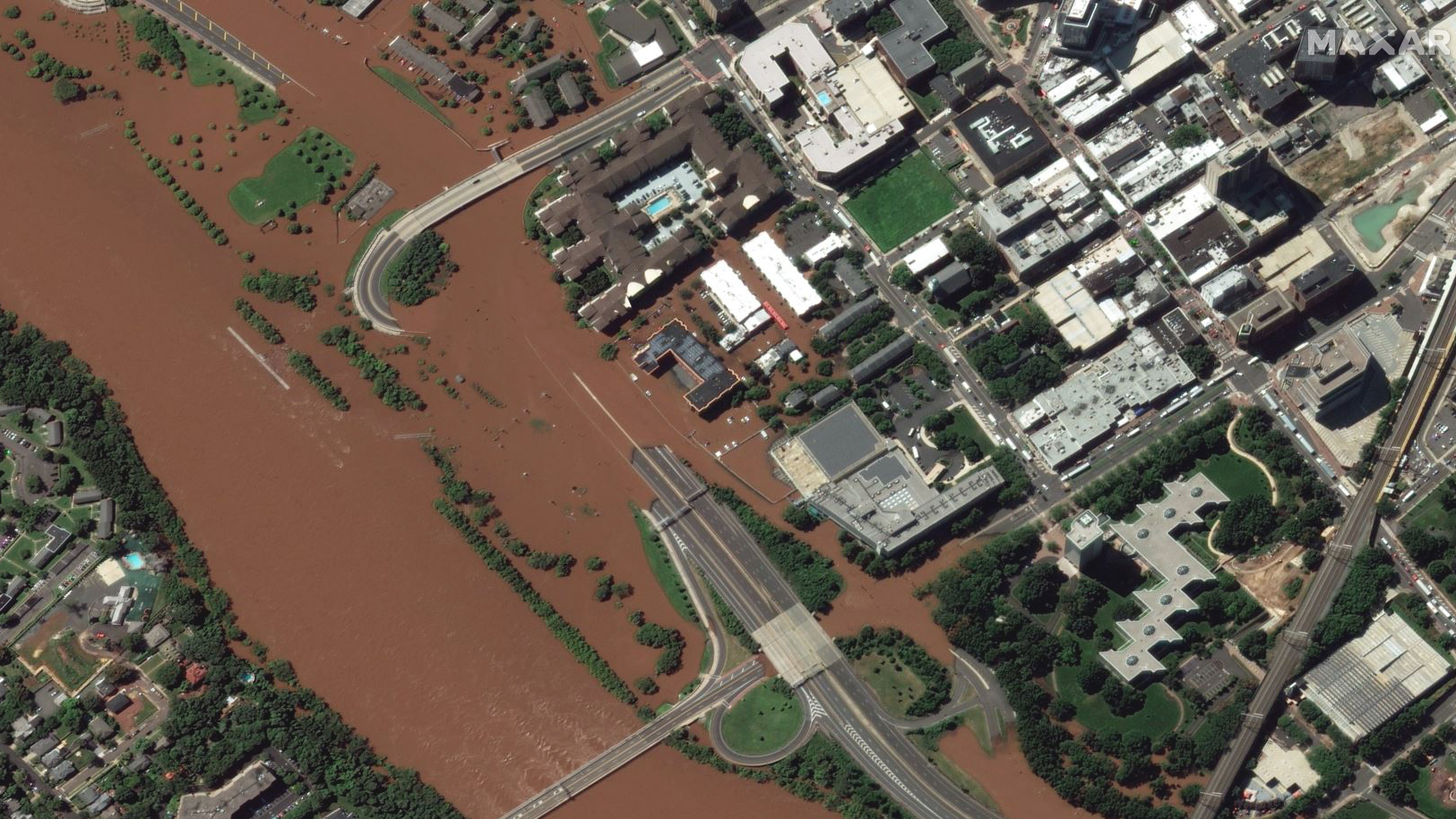
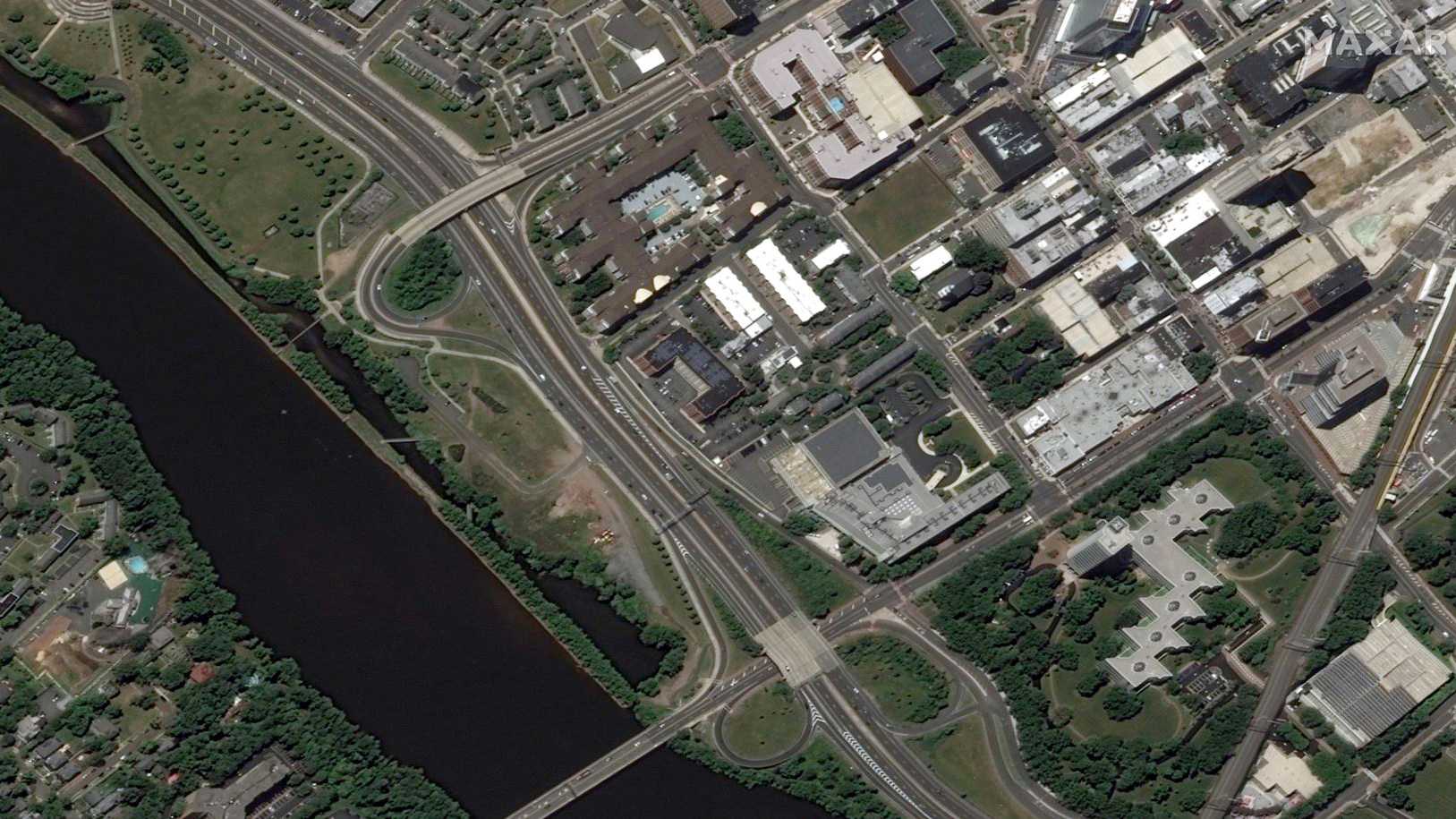
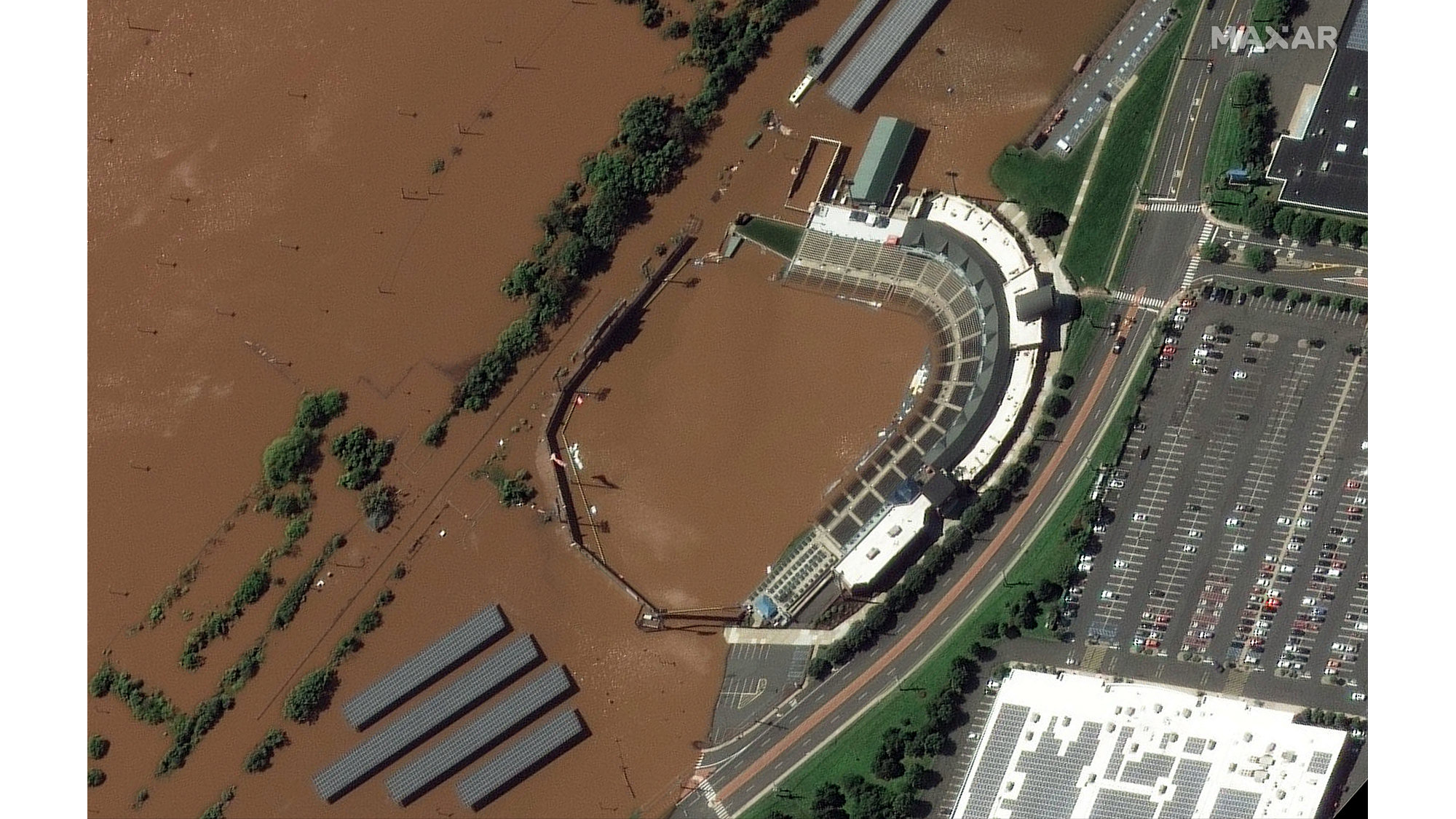
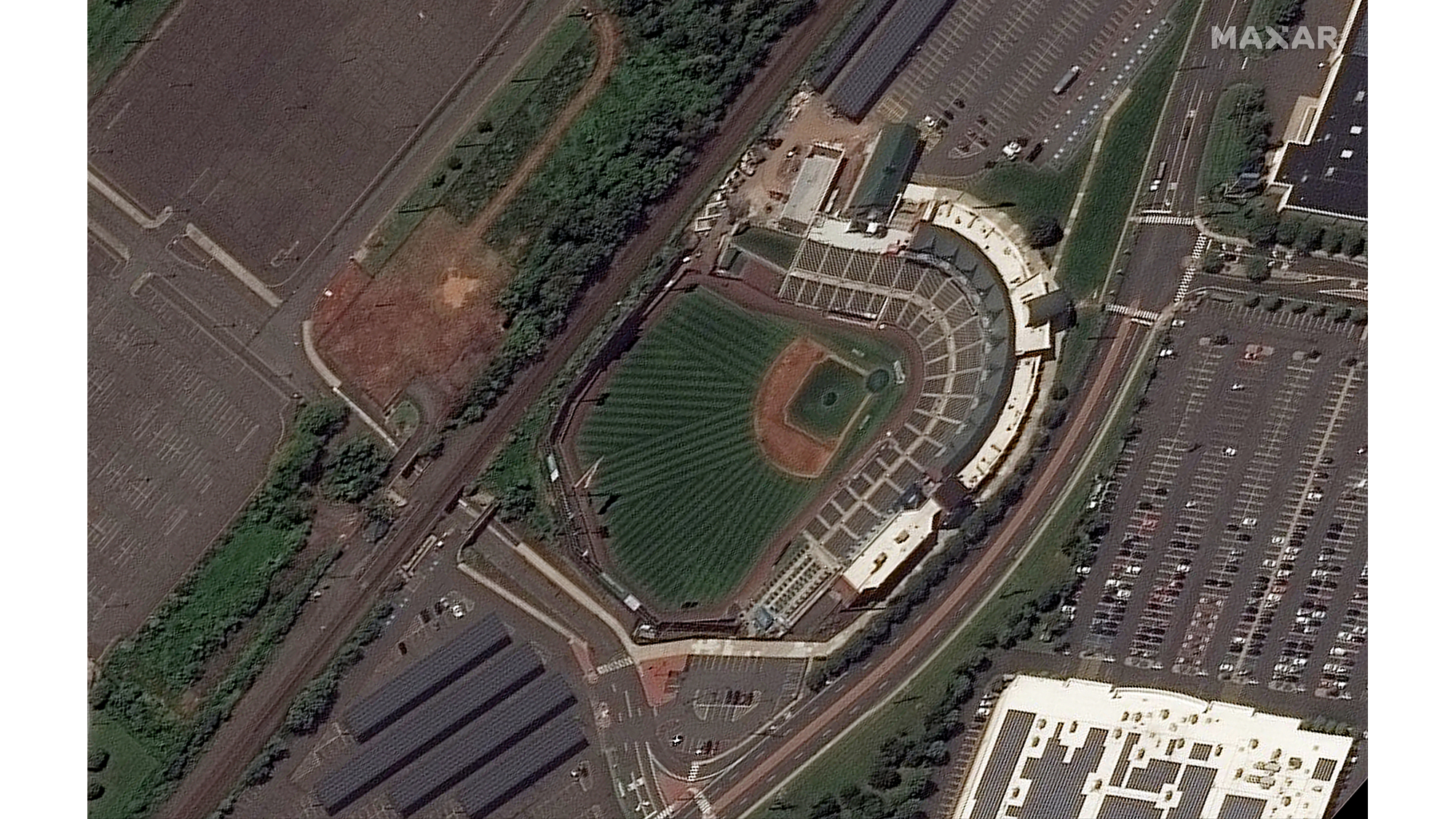

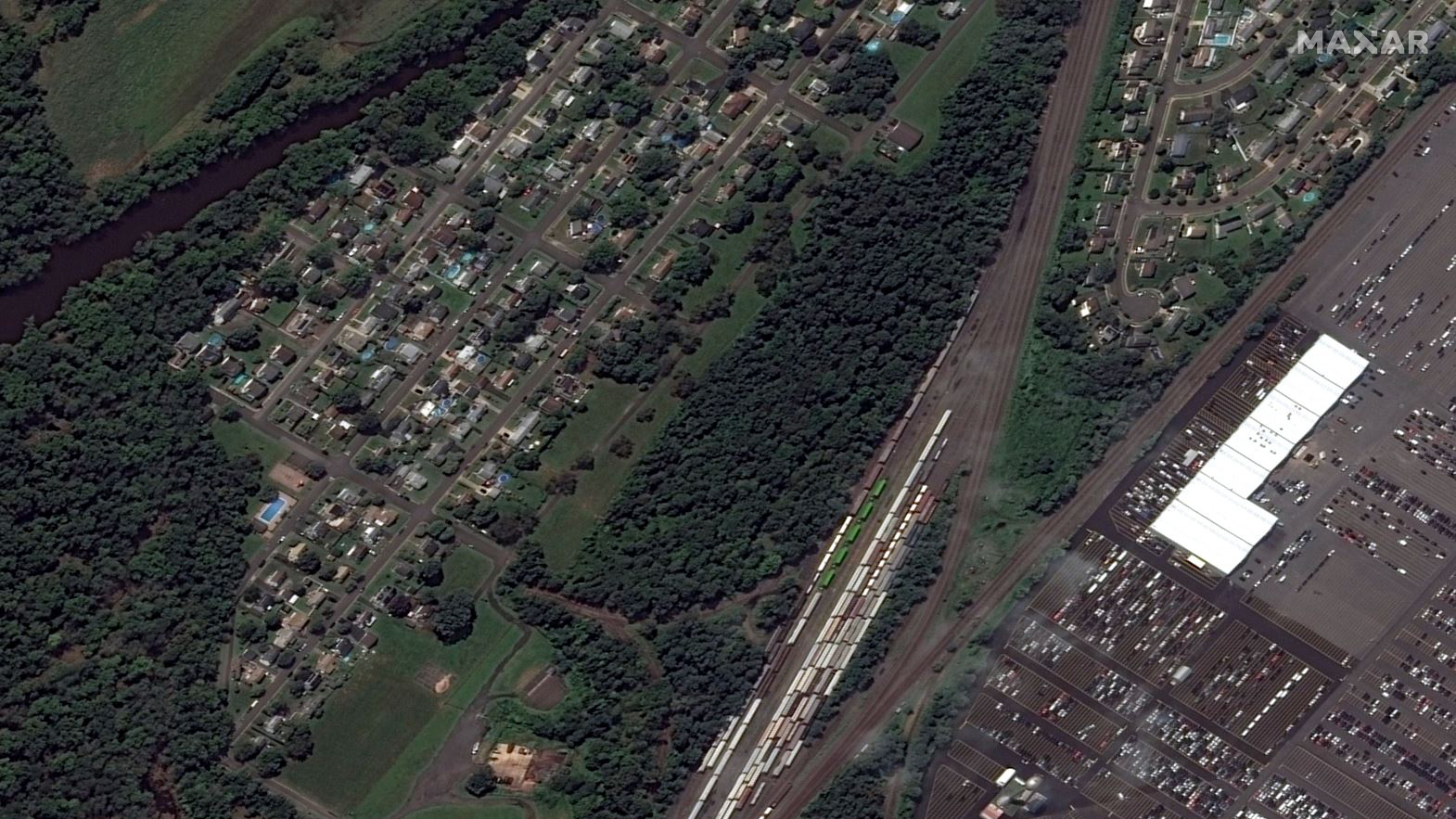
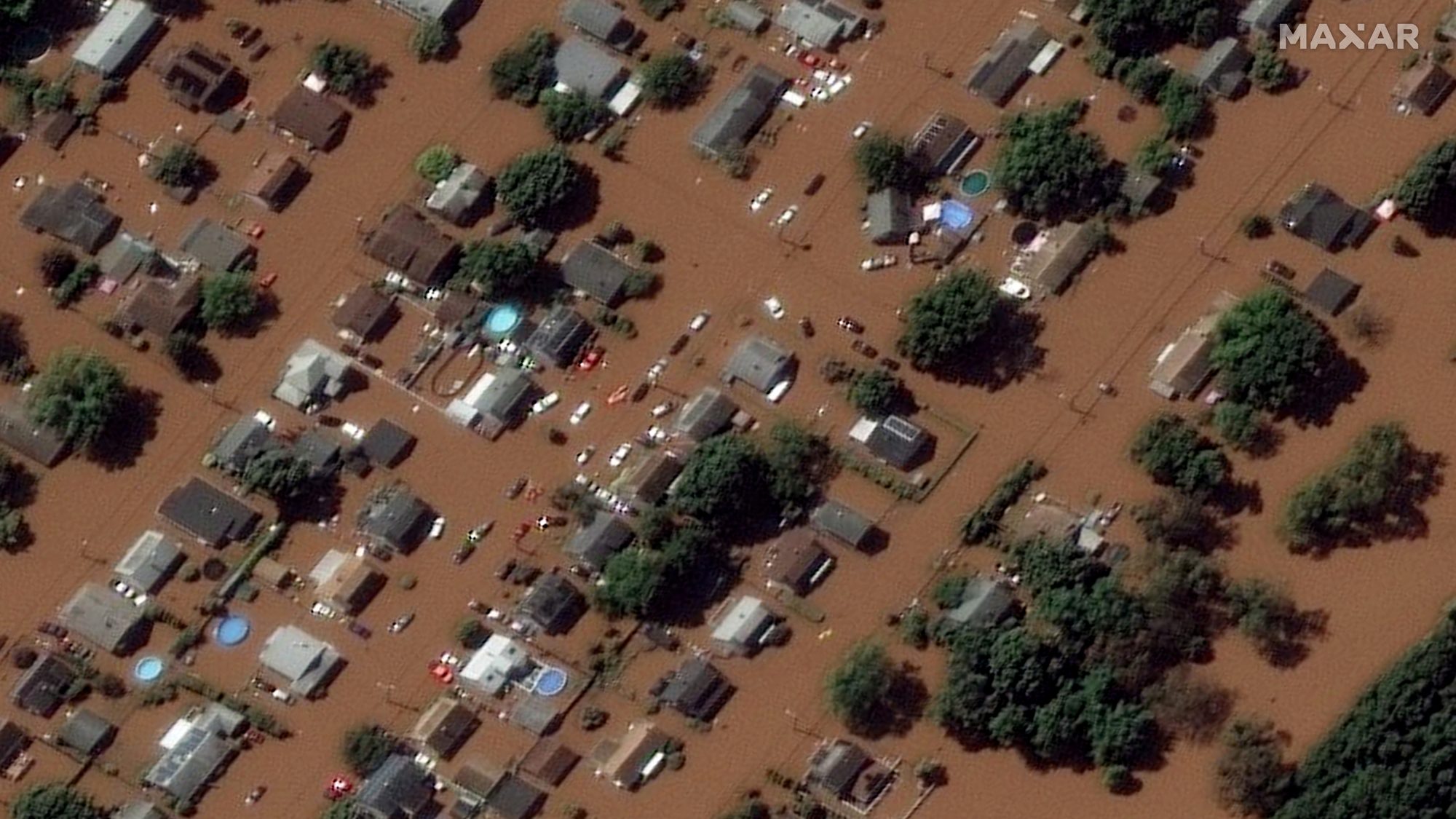
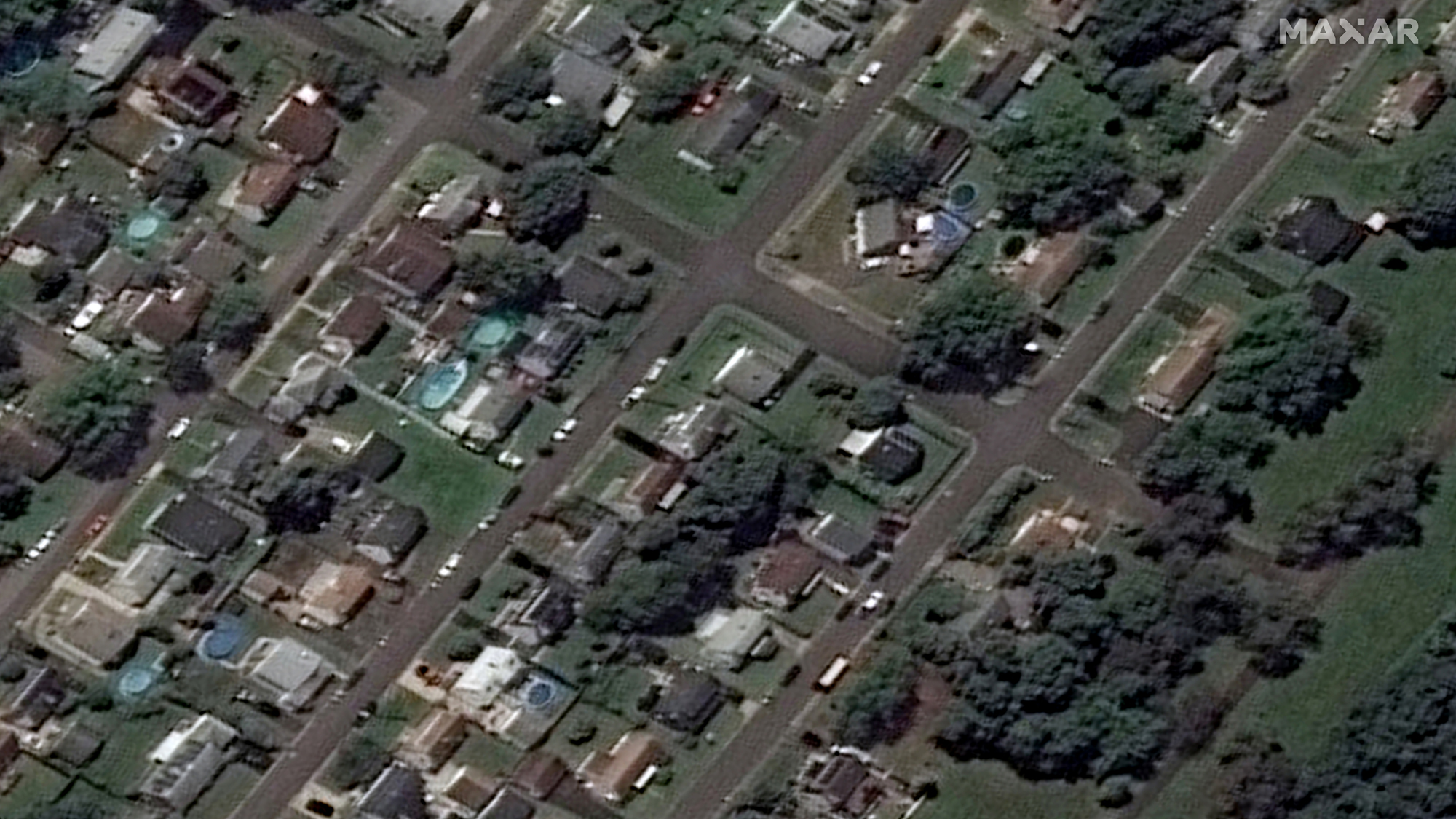
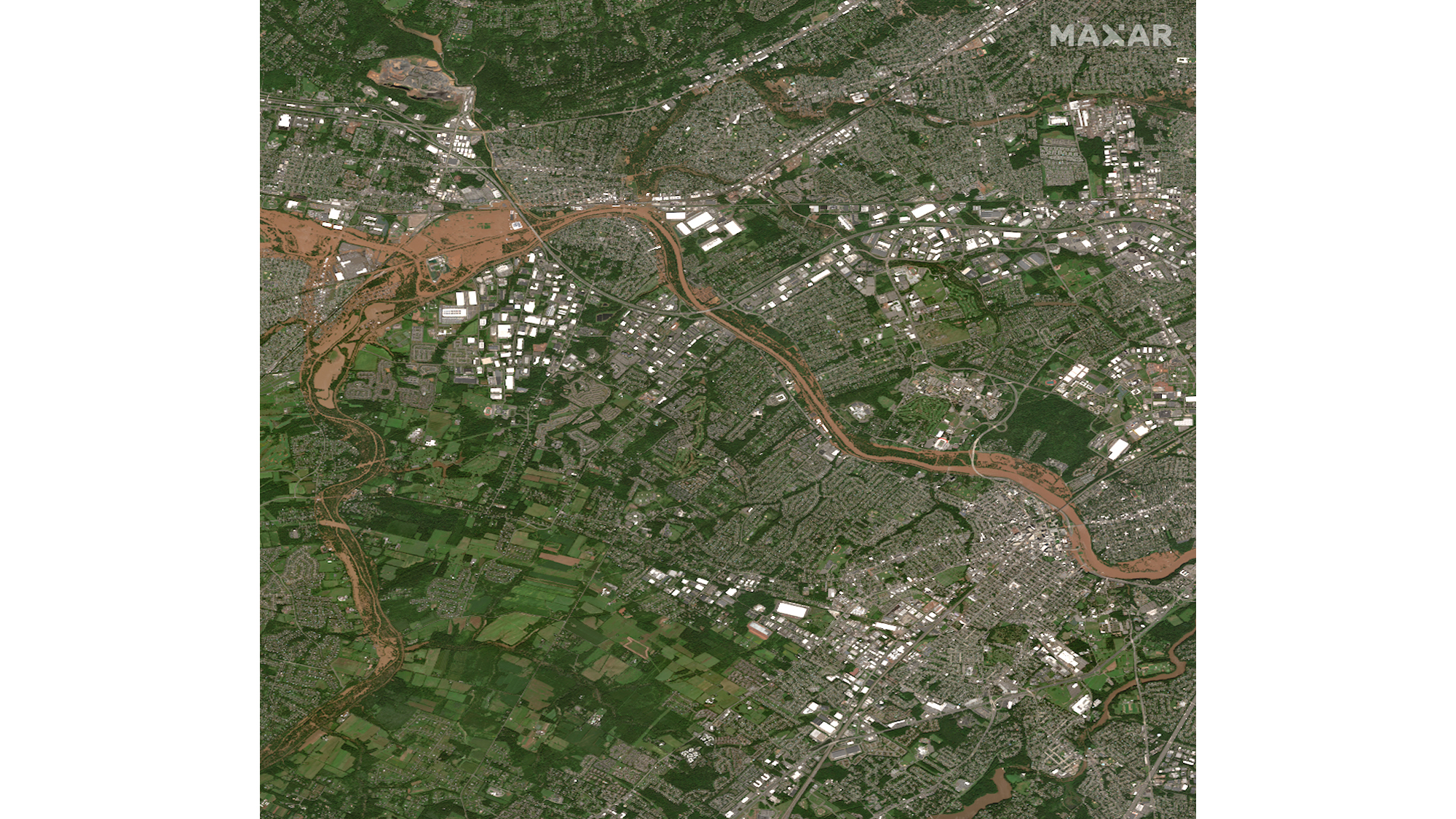
In the images snapped by the satellites, you can see the devastating flooding in New Jersey towns including New Brunswick, Somerville, South Bound Brook and more.
The satellite images show TD Bank Ballpark in Bridgewater Township before and after the flooding. In the after image, brown floodwaters completely cover the ballfield and surrounding area. Other satellite views show images of towns before and after the floods that go from idyllic suburban roadways to large swaths of brown floodwaters, completely covering homes, highways and trees.
After hitting land, the storm brought with it 150 mph (241 kph) winds and destruction. But before making landfall, the hurricane rapidly grew from a Category 1 to a Category 4 storm as it moved over the Gulf of Mexico. As it rapidly worsened it was moving over exceptionally warm water, warmer than average, NPR reported. This extra heat helped to give the storm more energy, faster speeds and more storm surges.
Sign up for the Live Science daily newsletter now
Get the world’s most fascinating discoveries delivered straight to your inbox.
This extreme shift to a more destructive storm is no surprise as climate change continues to warm planet Earth. As Earth continues to warm, more storms like Ida that rapidly worsen will become more and more commonplace, NPR reported.
Email Chelsea Gohd at cgohd@space.com or follow her on Twitter @chelsea_gohd. Follow us on Twitter @Spacedotcom and on Facebook.
Chelsea Gohd joined Space.com as an intern in the summer of 2018 and returned as a Staff Writer in 2019. After receiving a B.S. in Public Health, she worked as a science communicator at the American Museum of Natural History. Chelsea has written for publications including Scientific American, Discover Magazine Blog, Astronomy Magazine, Live Science, All That is Interesting, AMNH Microbe Mondays blog, The Daily Targum and Roaring Earth. When not writing, reading or following the latest space and science discoveries, Chelsea is writing music, singing, playing guitar and performing with her band Foxanne (@foxannemusic). You can follow her on Twitter @chelsea_gohd.










